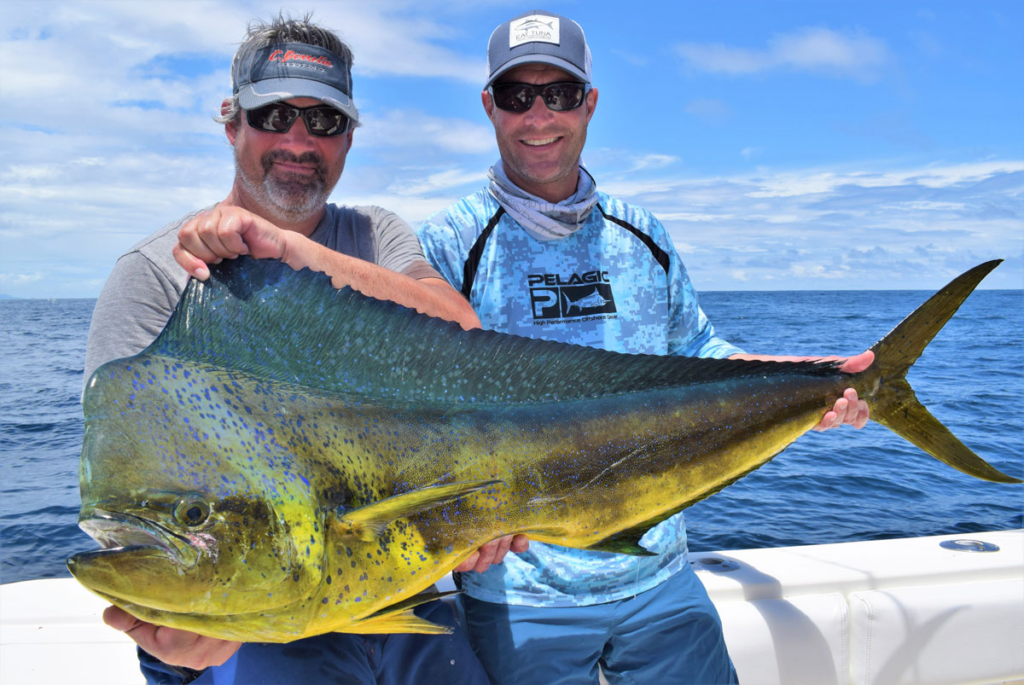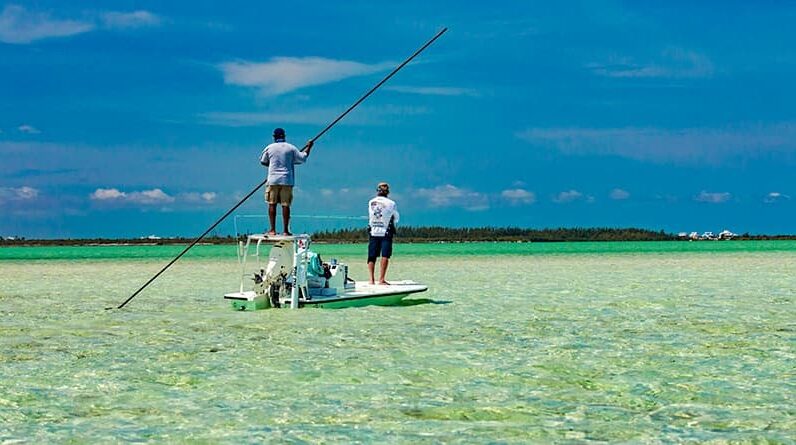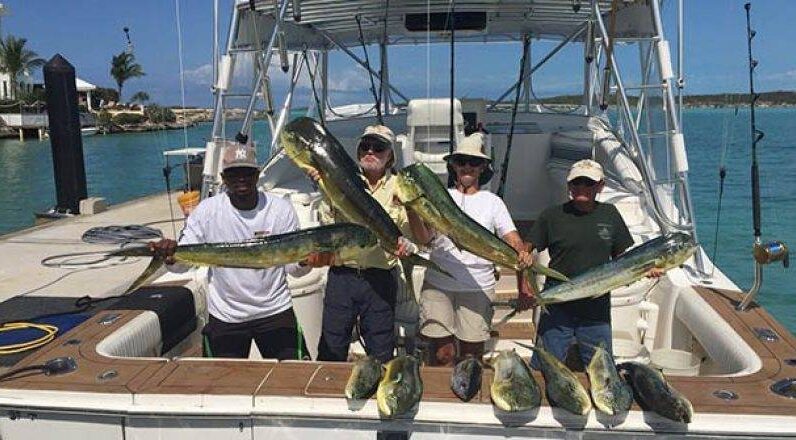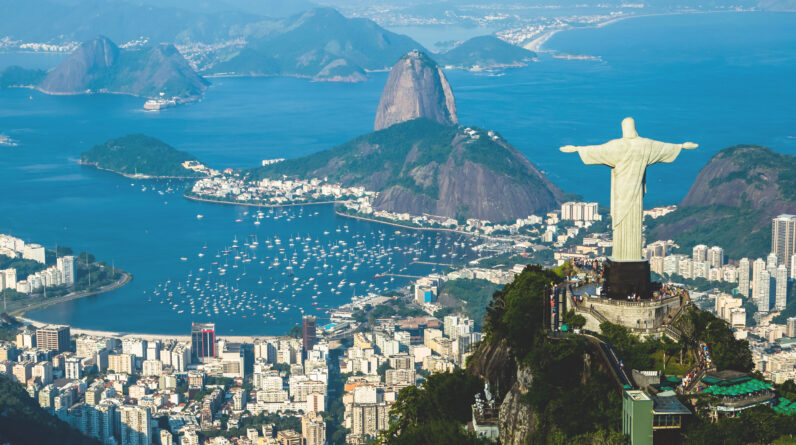Fishing at Hannibal Bank in Panama offers an unparalleled experience that draws anglers worldwide to test their skills in these legendary waters. Situated in the Gulf of Chiriquí off Panama’s coast, Hannibal Bank is a submerged volcanic mountain that attracts an impressive variety of fish species, making it one of the planet’s premier fishing destinations. From powerful marlins and massive yellowfin tuna to elusive snappers and groupers, this area promises exciting encounters with some of the ocean’s most prized catches. In this detailed guide, our team at Cheerfulfisherman.com will cover the best fishing techniques, ideal seasons, top target species, essential gear, and expert tips to make the most of your fishing adventure at Hannibal Bank. Whether you’re a seasoned angler or a first timer, we’ll help you unlock the secrets of this world-renowned fishing hotspot for an unforgettable experience.
1. Introduction to Hannibal Bank, Panama
Hannibal Bank stands out as one of the world’s most fertile fishing grounds, thanks to its unique underwater topography and nutrient-rich currents. This area provides an ideal ecosystem for big game fish and many migratory species, making it a hotspot for serious anglers and fishing charters alike. Located about 60 miles offshore from the town of David, the Hannibal Bank is close to other famous fishing grounds like Isla Montuosa and Isla Coiba, making it a fantastic starting point for a fishing adventure.
Why Hannibal Bank?
With vast schools of baitfish and predatory species like yellowfin tuna, black marlin, and dorado (mahi-mahi), Hannibal Bank offers exceptional opportunities for sport fishing enthusiasts. The combination of warm water, nutrient-rich currents, and diverse marine life sets the stage for one of the best fishing locations in the world.
2. How to Get to Hannibal Bank
Hannibal Bank’s remote location makes it both alluring and challenging to reach. Here’s how to get there and what to expect:
By Air and Road
- Fly into Panama City – The primary international gateway to Panama is Tocumen International Airport (PTY) in Panama City.
- Domestic Flight to David – From Panama City, you can take a domestic flight to Enrique Malek International Airport (DAV) in David, a major city close to the coast.
- Drive to Boca Chica or Other Coastal Areas – From David, drive to coastal towns like Boca Chica or Puerto Pedregal, where many fishing charters depart.
Charter Boats
Most anglers hire private charter boats from Boca Chica, which provide a direct route to Hannibal Bank. The journey to Hannibal Bank by boat can take anywhere from 1.5 to 3 hours, depending on the type of vessel and sea conditions.

3. Fishing Seasons at Hannibal Bank
Fishing at Hannibal Bank is a year-round activity, but understanding the seasonal patterns is crucial for targeting specific species. Each season attracts different types of fish, affecting the variety and abundance of catches.
Peak Seasons for Different Species
- Yellowfin Tuna: March to August (peaking between April and July)
- Black Marlin: December to March
- Dorado (Mahi-Mahi): November to February
- Sailfish: November to April
- Cubera Snapper and Roosterfish: Year-round, but most active from December to April
While fishing is possible throughout the year, the best time for trophy fishing—particularly for large yellowfin tuna and black marlin—is between late spring and early summer.
4. Target Fish Species at Hannibal Bank
The marine biodiversity at Hannibal Bank is extraordinary, providing anglers with the chance to catch several big game species. Here are some of the main species you’ll find:
Yellowfin Tuna
Yellowfin tuna is the star of Hannibal Bank. With weights often exceeding 200 pounds, these fish are strong and fast, making them a thrilling catch. They are known for their powerful runs and are often targeted with topwater popping techniques.
Black Marlin
The black marlin is one of the most prized catches at Hannibal Bank. Known for its size and fighting ability, black marlin can weigh upwards of 800 pounds. Anglers targeting marlin often use trolling techniques with heavy-duty rods, reels, and lures designed for big game.
Dorado (Mahi-Mahi)
Dorado, or mahi-mahi, are colorful and acrobatic fish found around the floating debris or weed lines in the waters. They are relatively easier to catch and provide exciting action with their high jumps and strong runs.
Sailfish
Sailfish, with their iconic dorsal fins and swift speed, frequently gather around Hannibal Bank. Anglers usually catch them through trolling methods with live bait or artificial lures, showcasing their impressive aerial acrobatics.
Cubera Snapper and Roosterfish
These species are often found closer to the reefs near Isla Coiba and along the rocky structures at Hannibal Bank. They require strong tackle as they are notorious for pulling hard and diving back into the rocks.

5. Fishing Techniques and Tips for Hannibal Bank
The diversity of fish at Hannibal Bank calls for a variety of fishing techniques. Here’s a breakdown of some of the most effective methods used:
Topwater Popping
Topwater popping is a favored method for targeting yellowfin tuna at Hannibal Bank. Poppers create a splash on the water’s surface, mimicking the sound of baitfish, and attract large tuna from the depths. Heavy rods and high-capacity reels with braided line are recommended due to the intense fights these fish put up.
Jigging
Jigging is particularly effective for snapper, grouper, and even some pelagic species like tuna. Vertical jigging works well near the steep underwater ledges and drop-offs of Hannibal Bank, where predatory fish lie in wait.
Trolling
Trolling is the go-to method for targeting marlin, sailfish, and dorado. Large lures, skirted baits, or live bait are used to attract these fast-swimming fish. Heavy tackle and large reels are necessary for handling the powerful runs of marlin and sailfish.
Live Bait Fishing
Using live bait can be highly effective, especially for marlin and sailfish. Mackerel, bonito, and small tunas are commonly used as bait. Hooking live bait and trolling it slowly allows anglers to present a more realistic option to predatory fish.
Fly Fishing
For those looking for a unique challenge, fly fishing at Hannibal Bank can be rewarding, especially for species like dorado and roosterfish. This method requires specialized equipment and a good level of skill, as it’s challenging to control larger fish on lighter gear.
6. Essential Gear and Tackle for Fishing at Hannibal Bank
Choosing the right gear is crucial for a successful fishing experience at Hannibal Bank. Since the fish are large and powerful, heavy-duty tackle is essential.
Rods and Reels
- Rods: Use heavy-action rods that can handle fish over 100 pounds, especially for topwater popping and jigging.
- Reels: Large spinning reels with high line capacity are recommended for yellowfin tuna and other pelagic species. For trolling, conventional reels with a two-speed function provide the necessary torque and retrieval speed.
Line and Leader
- Braided Line: Most anglers prefer braided line for its strength and minimal stretch, which helps control large fish.
- Fluorocarbon Leader: A strong, abrasion-resistant fluorocarbon leader between 80-150 pounds is essential for battling large tuna, marlin, and dorado.
Lures and Baits
- Topwater Poppers: Large, heavy poppers with strong hooks are ideal for yellowfin tuna.
- Jigs: Metal jigs in the 150-300 gram range work well for jigging near underwater structures.
- Live Bait: Mackerel, bonito, or blue runners are often used to lure in marlin and other large fish.

7. Booking a Fishing Charter at Hannibal Bank
Booking a fishing charter is the most convenient way to experience fishing at Hannibal Bank. These charters often come equipped with experienced captains, high-quality tackle, and the necessary licenses for fishing in Panamanian waters.
Choosing the Right Charter
When selecting a charter, consider factors like:
- Reputation: Look for a company with positive reviews and experienced captains.
- Boat Type and Equipment: Ensure the boat is equipped for big game fishing, with high-quality rods, reels, and safety equipment.
- Inclusions: Many charters provide bait, tackle, and refreshments, so confirm what’s included before booking.
Average Costs
Charter costs vary widely but generally range from $1,200 to $3,000 per day, depending on the vessel, amenities, and duration of the trip. Some charters offer multi-day trips, which can provide additional time to explore nearby fishing grounds like Isla Montuosa.
8. Safety Tips for Fishing at Hannibal Bank
Safety is paramount when venturing into offshore waters, especially in remote locations like Hannibal Bank. Here are some essential safety tips:
- Check Weather Conditions: Weather can change quickly in the Gulf of Chiriquí, so always check forecasts and go with experienced local captains.
- Bring Proper Sun Protection: Panama’s sun can be intense, so wear sunscreen, polarized sunglasses, and a wide-brimmed hat.
- Stay Hydrated: Offshore fishing trips can be physically demanding, so pack plenty of water and stay hydrated throughout the day.
- Use Life Jackets: Even if you’re a strong swimmer, it’s important to wear life jackets, as currents and waves can be unpredictable.

9. Conservation and Sustainability
Panama takes conservation efforts seriously to maintain the health of Hannibal Bank’s ecosystem. Catch-and-release is highly encouraged, especially for large fish like marlin and sailfish. Additionally, some charters partner with research organizations to tag and release fish for data collection, helping to promote sustainable fishing practices.
10. Preparing for Your Hannibal Bank Fishing Adventure
A fishing trip to Hannibal Bank is an unforgettable adventure. With the right planning, equipment, and charter selection, you’ll be well-prepared to experience some of the best big game fishing in the world. Here’s a quick checklist to help you prepare:
- Research and Book in Advance: Plan your trip several months in advance, especially if you’re visiting during peak fishing season.
- Pack Proper Gear: Bring appropriate clothing, tackle, and accessories for offshore fishing.
- Get a Good Night’s Sleep: Offshore fishing can be physically exhausting, so rest up to be prepared for a full day on the water.
In conclusion, fishing at Hannibal Bank is more than just a sport—it’s an unforgettable adventure in one of the most stunning ocean landscapes. The unique combination of breathtaking scenery, challenging waters, and the sheer thrill of reeling in trophy fish makes it an unrivaled destination for anglers worldwide. From the explosive strikes of yellowfin tuna to the powerful, acrobatic runs of majestic marlin, every moment on these waters offers a thrill that stays with you. Hannibal Bank is a place where fishermen can connect with nature, test their skills, and make memories that last a lifetime.






